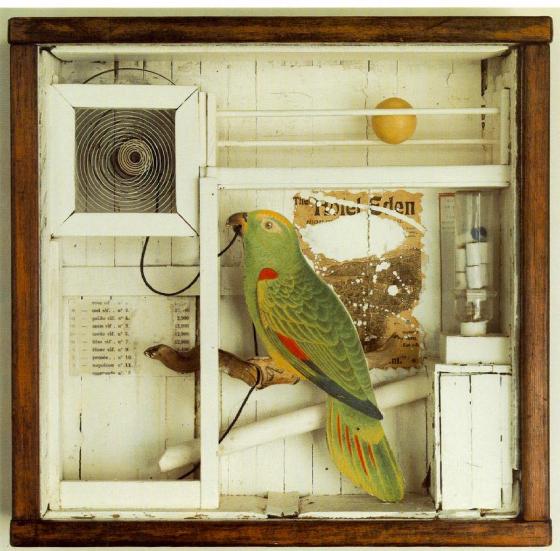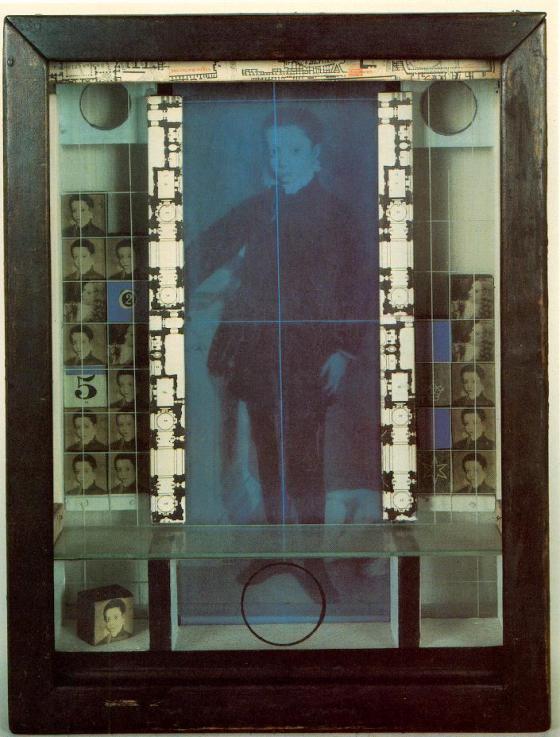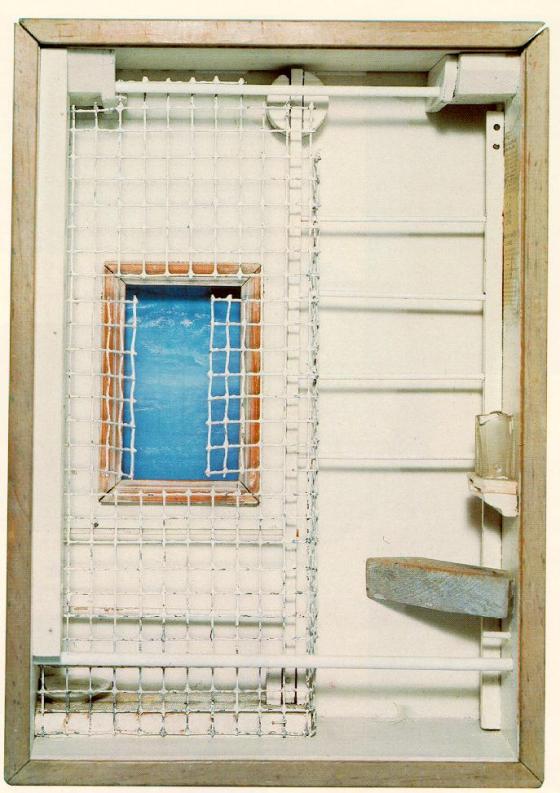.
I’m excited this week to show work and thoughts from UK furniture designer and maker Edward Teasdale.
Edward Teasdale appeared on the UK Crafts scene in the 1980’s. He worked as a furniture designer in industry, a maker and later a teacher, before once again establishing his own workshop in the Lake District, from which he now works, creating pieces for exhibit in selected galleries and for individual clients and collectors.
Elemental and enigmatic, with the intense energy of a rising wave, something alive hums from the pieces below.
.
.
.
.
“Like every other maker my choices of material and process are not arbitrary but conditional on careful thought and experience, subject to practical and value judgements. So too with stylistic preferences where my personal aesthetic is probably more immediately connected to local conditions and a long term bond with the natural landscape, particularly the history and characteristics of the Lakes area of Cumbria. Here, the objects of my surroundings; mountains, moors, estuaries and lakes have a pervading and affecting elemental presence, particularly when experienced in what some call inclement weather. Everywhere in the landscape there are indicators of life; in natural light, wind, water and woodlands, in the mellowing influence of time and weather, in the simple disciplined human interventions to contain and control and in the value in striking a balance between the natural and man-made.”
.
.
“Salvaged painted wood is a waste product of urban renewal and unlike the natural unfinished wood varies a great deal in visual character. Collecting and responding to this material is a new situation every time and involves a more conscious image building process, making each coloured piece of furniture more unexpected and unrepeatable.”
.
.
.
From the beginning, Edward made “small consciously modest crafted objects comprising a basic utility and somewhat rough hewn appearance”, using found woods.
“I was determined to adopt a light touch approach in terms of production (small, basic, ethical) and make modest things that communicated my thoughts, values and visual ideas, but were also very practical.”
His relationship with wood began much earlier than this, he remembers:
“I loved climbing into trees when I was young and with school friends built shelters every summer out of natural materials in the woods around my home in the Lake District.
“I progressed from whittling bows, arrows and fishing rods (out of Hazel and Yew) to making sledges, bogies and rafts out of reclaimed materials using my fathers hand tools.
“Without noticing I must have developed a real interest in wood, as well as some skills in designing and making things. Now I appreciate that it’s the cleanness, and the visual and tactile warmth of wood, coupled with its versatility as a practical and aesthetic medium that appeals to me.
“I love the smell of wood, its density, its bulk, its texture, and the variety of types and surfaces available. I do however like to think of it, and work it, as a non-precious material.”
.
.
“In construction terms my objects have the same economy as country fences, gates and stiles (not self consciously detailed or elaborated in design or craft terms). I use locally available found materials; especially those that already have worn and naturally aged surfaces. I stick to basic furniture requirements (storage box, seating bench, table surface)”
“I have tried to break with certain practices in my field choosing not to use exotic, plundered and endangered woods and not to use complex high consumption production processes. The finishes created do not aim for the perfectly controlled appearance of machined materials and production but retain much of the rawness and weathering of the reclaimed material used.”
“It is the quality of what I can achieve rather than the quality of what I use that matters most to me.”
.
.
“Interacting with the physical world has always been central to my life. The natural landscape and built environment inspire me equally but consideration of such things as Art, Sculpture, Architecture and Environmentalism have all played their part in forming my work.
One of my original motivations was to capture something of the qualities of traditional rural buildings that (very naturally) meet essential needs through building by hand with local materials.
The character of my work is now well established, new ideas are inspired by the materials I find or client needs and from sketches and scaled drawings I make the work entirely myself in a small garden workshop.”
.
.
.
All finished pieces are marked (usually centrally on the underside of the bottom) with a 2 digit date stamp e.g. 93 and a separate stamp in the form of a leaf. Most pieces are in private homes and collections in the UK, USA, Australia and New Zealand but examples are also in the possession of the British Council, Arts Council of Great Britain, Usher Gallery Lincoln, UK.
You can read more about Edward on his site here.
.






























































